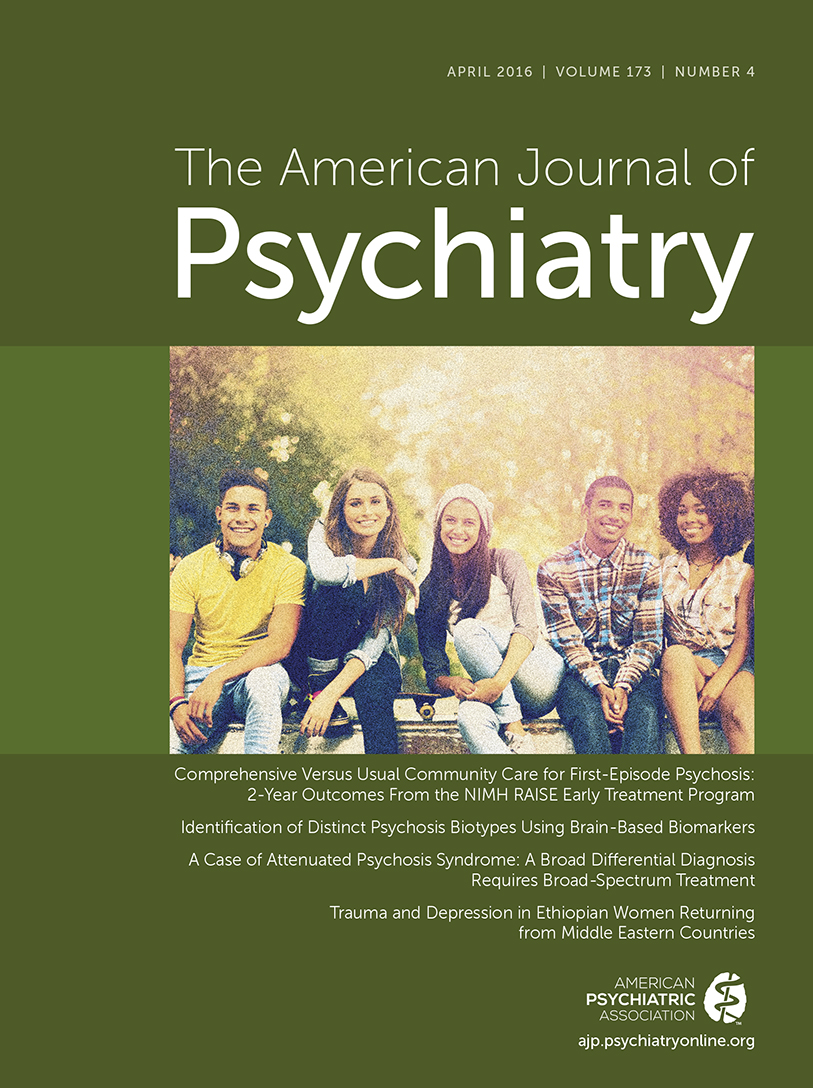Resting Hyperperfusion of the Hippocampus, Midbrain, and Basal Ganglia in People at High Risk for Psychosis
Abstract
Objective:
Animal models suggest that the development of psychosis involves hyperactivity in the hippocampus that drives increased activity in the midbrain and basal ganglia. The authors examined this hypothesis by measuring resting perfusion in the hippocampus, basal ganglia, and midbrain in people at high risk of psychosis.
Method:
Pseudo-continuous arterial spin labeling imaging was used to measure resting regional cerebral blood flow (rCBF) in 52 individuals at ultra-high risk for psychosis and in 27 healthy volunteers. The severity of psychotic symptoms was assessed using the Comprehensive Assessment of At-Risk Mental States. The ultra-high-risk subjects were reassessed after a mean of 17 months, using the same measures as at baseline.
Results:
At baseline, relative to healthy volunteers, ultra-high-risk subjects showed elevated rCBF in the hippocampus, basal ganglia, and midbrain. In the ultra-high-risk sample overall, at follow-up, symptomatic improvement and reduced rCBF in the hippocampus and ventral striatum were observed. Subjects whose symptoms had resolved such that they no longer met ultra-high-risk criteria showed a longitudinal reduction in left hippocampal rCBF that was not evident in subjects who remained in a high-risk state or had become psychotic.
Conclusions:
A high risk for psychosis was associated with increased resting activity in the hippocampus, midbrain, and basal ganglia. Subsequent resolution of the high-risk state was linked to a normalization of activity in these regions. These findings are consistent with animal models that propose that psychotic symptoms may be generated when hippocampal hyperactivity drives hyperactivity in regions involved in subcortical dopamine signaling.



